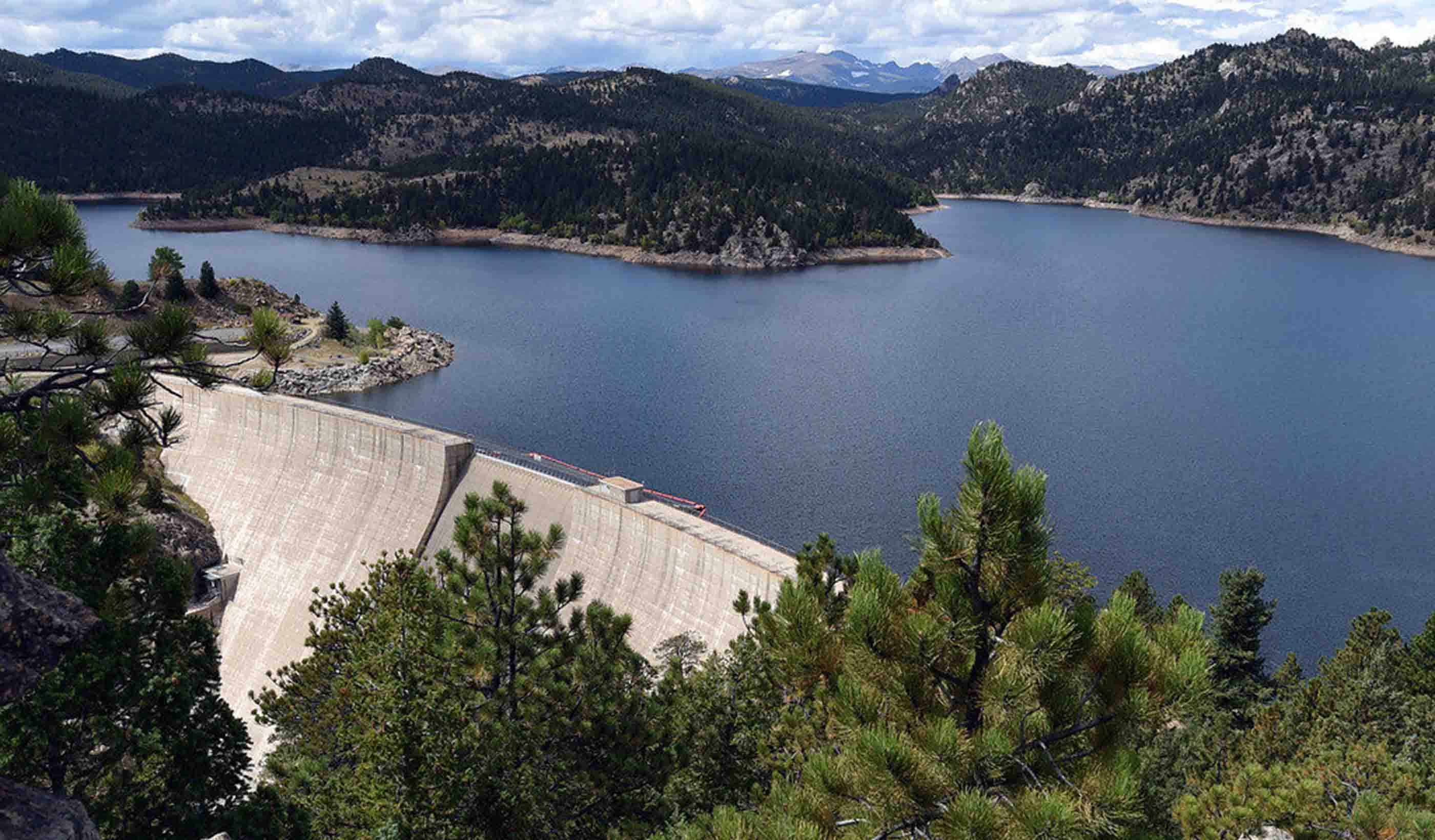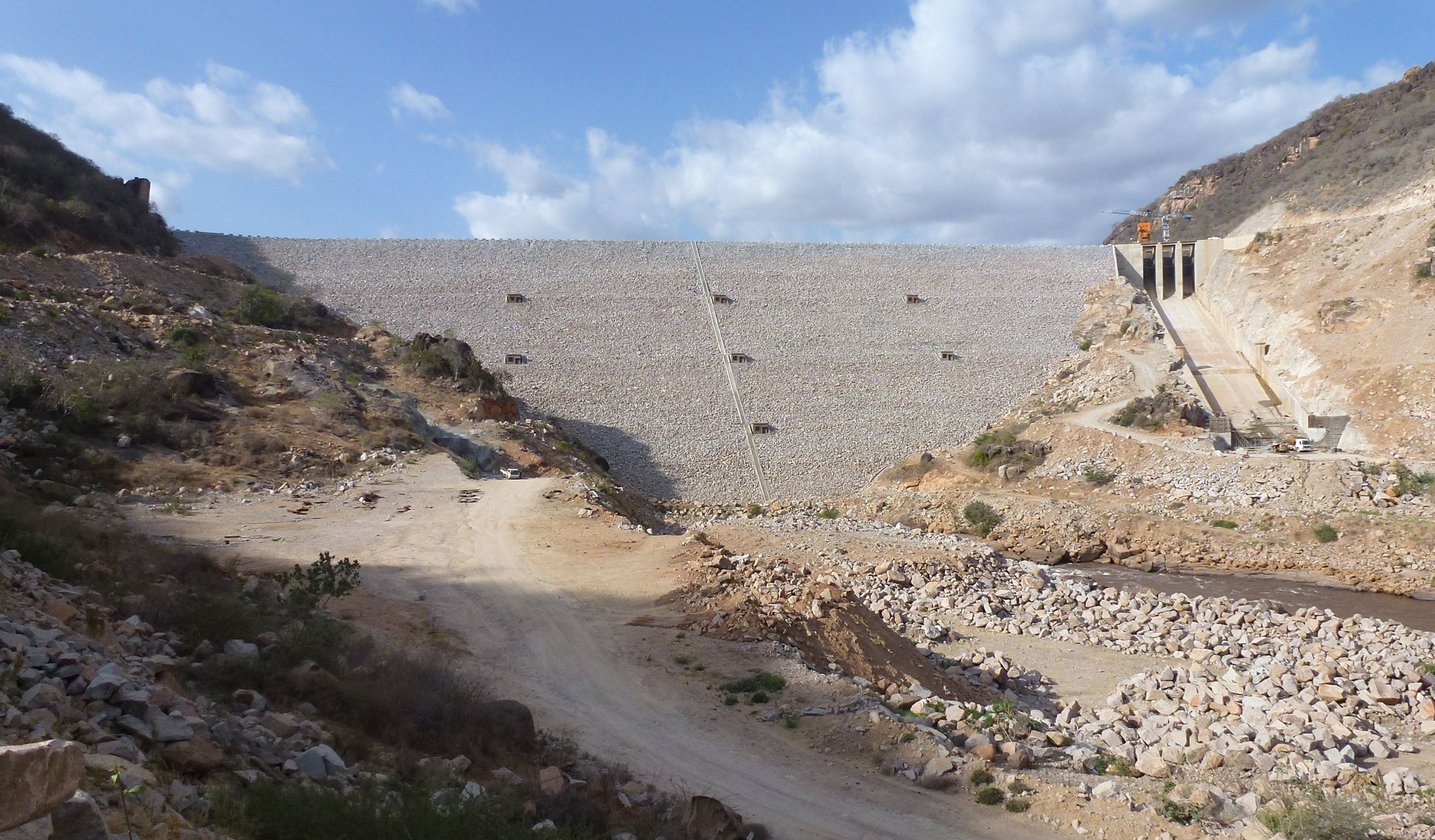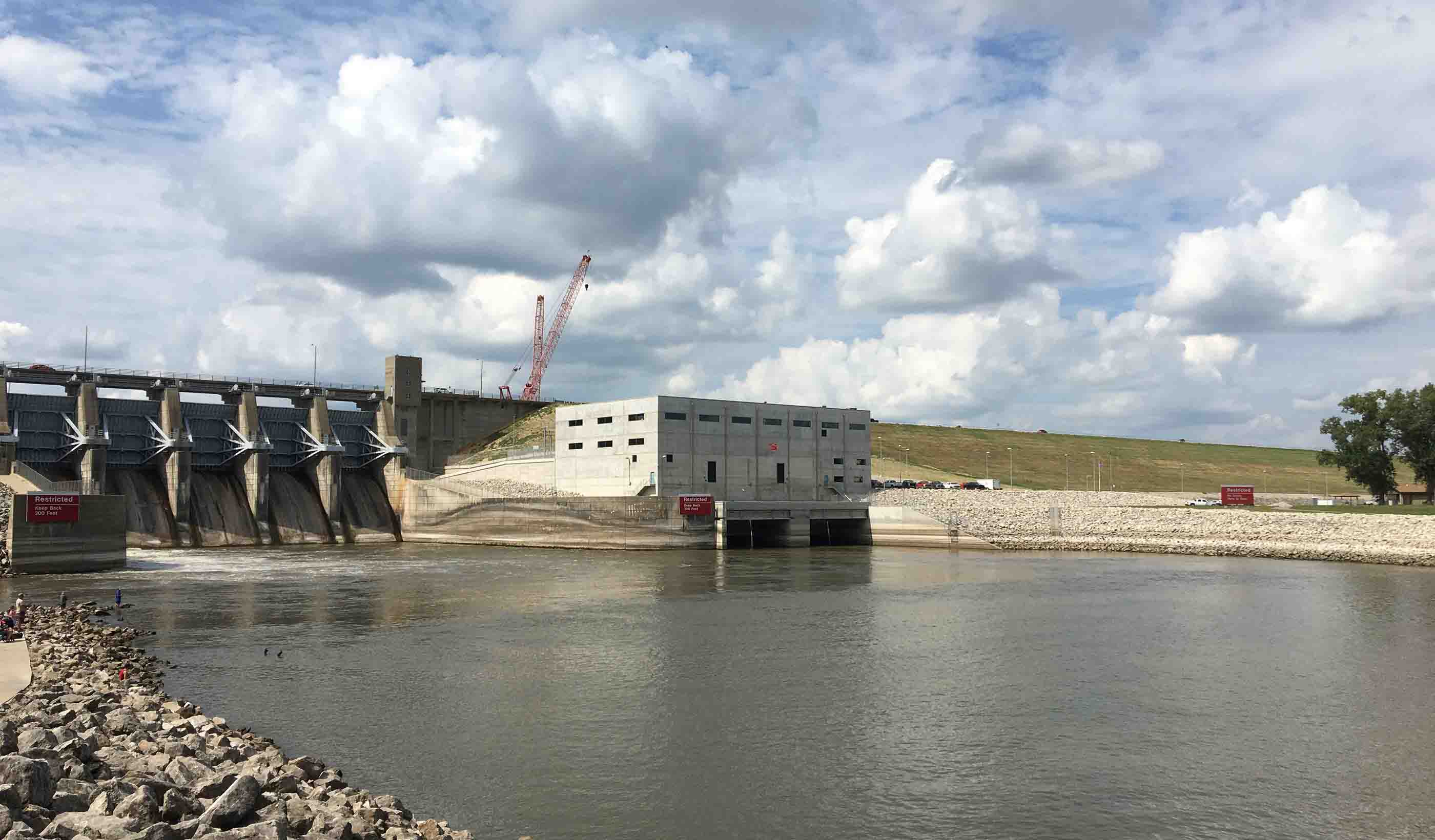Energy
Every power project is a community project
We’re experiencing a revolution ushered in by an energy transition that’s changing the way we power, live on, and move about our planet. Our focus? Providing sustainable and reliable energy solutions for our clients and communities, whether through the construction of new facilities or improving the safety and reliability of existing systems.
Amid heightened public scrutiny we continue to lead the way, helping you anticipate, prevent, manage, and mitigate potentially dangerous and costly conditions associated with energy facilities. Our Integrity team is highly engaged in both the design process and maintenance programs. We consider the entire asset life cycle to help mitigate challenges before a project even breaks ground. Let’s work together—and with industry specialists and local communities—to save capital costs, decrease waste, increase production, and improve safety.
Promoting sustainable and economic solutions, we minimize impacts on the environment and surrounding communities while supporting clean, reliable energy and long-term performance.
Whether designing an energy storage facility, a pipeline, a microgrid, a hydropower dam, or a utility-scale wind farm, we help keep you at the forefront of this evolving industry.
4 considerations for your next grid modernization project
Understanding goals, adhering to regulations, and integrating renewable energy sources are key factors in grid modernization. These projects require collaboration, investment, and robust planning. As we transition to cleaner energy, designing and building reliable electrical infrastructure is crucial for delivering power to communities—and our partnerships, including with investor-owned utilities, play a vital role in shaping these projects. Read MoreOptimizing oil and gas operations
Our oil and gas specialists help you design, install, and maintain energy infrastructure and facilities—from pipelines and gathering lines to tanks and terminals, meter stations, pumps, compressors, and everything in between. As we continue working towards a green energy future, we need to find ways to make our existing energy infrastructure more sustainable. Here are seven ways the oil and gas industry can make its infrastructure cleaner, greener, and more sustainable. Read MoreBuilding dams to protect a water supply for future generations
The Chimney Hollow Reservoir Project will provide a reliable water supply for 400,000 residents in northern Colorado. This project involved partnerships with 12 public agencies. The Northern Colorado Water Conservancy District Subdistrict obtained all required Federal Permits for the project. When complete, the main, hydraulic asphalt core rockfill dam will be one of the largest in Colorado, measuring in at 360 feet (110 metres) tall, with a water storage capacity of 90,000 acre-feet. Watch NowHeavy industrial processing to produce sustainable insulation
We’re providing engineering services for the multidisciplinary detailed design of a wood fiber insulation manufacturing facility in Madison, Maine. The $150-million project will retrofit an existing paper mill that was shuttered in 2016. The result? A manufacturing facility that can produce TimberHP insulation products out of biomass materials from Maine’s existing forestry sector. Wood fiber insulation reduces operational carbon emissions, provides energy savings, and sequesters carbon to help drive the energy transition. Read MoreOur People
-

Clayton Bock
Executive Vice President, Energy & Resources
-

Dennis Zadery
Vice President, Energy Sector Leader
-

Mark Wilson
Vice President, Renewables, Heavy Industrial Process, and Thermal Sector Leader
-

Robyn Koropatnick
Principal, Regional Global Sector Lead, HVDC
-

Dave Bernier
Senior Vice President, Energy
-

Frédéric Lefebvre
Vice President, Energy
-

Jean-René Tremblay
Senior Associate, Regional Sector Leader Dams & Hydropower (Quebec)
-

Niraj Raythatha
Director, Business Development , Energy
-

Mike Voll
Principal, Sector Lead Smart Technologies
-

Paul Blaszczyk
Senior Vice President, Energy
-

Arielle Kadoch
Senior Principal, Sector Leader, Power Delivery (Canada)
-

Mario Finis
Executive Vice President, Emeritus
-

Steve McManamon
Vice President, Sector Leader Oil & Gas, Environmental Services (North America)
-

Manoshree Sundaram
Vice President, Energy
-

Donald Erpenbeck
Vice President & Global Sector Leader, Dams & Hydropower
Services
-
See more Close
We’re better together
-
Become a client
Partner with us today to change how tomorrow looks. You’re exactly what’s needed to help us make it happen in your community.
-
Design your career
Work with passionate people who are experts in their field. Our teams love what they do and are driven by how their work makes an impact on the communities they serve.



















